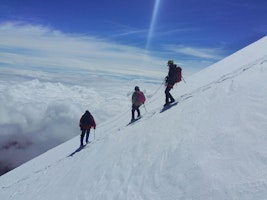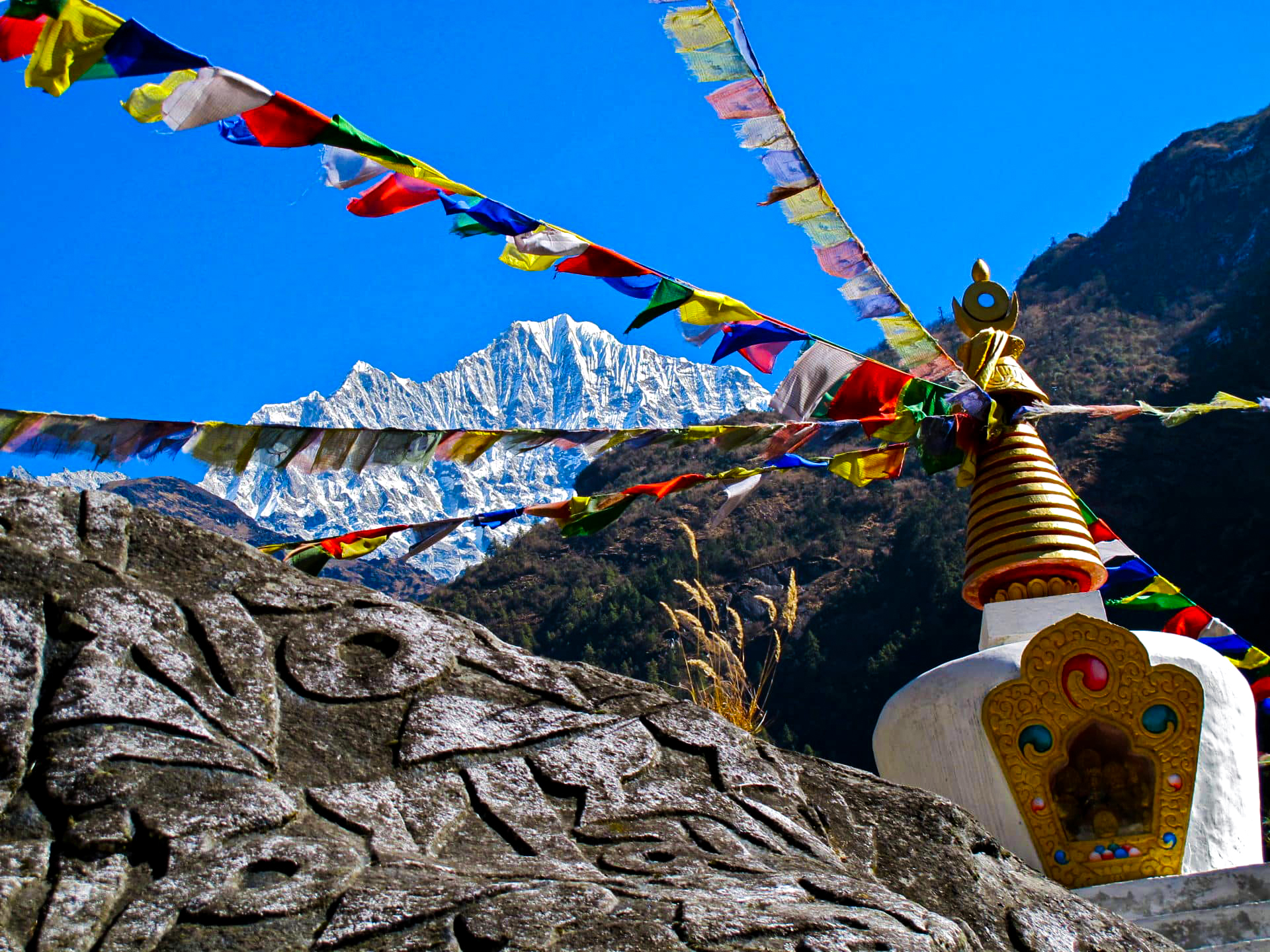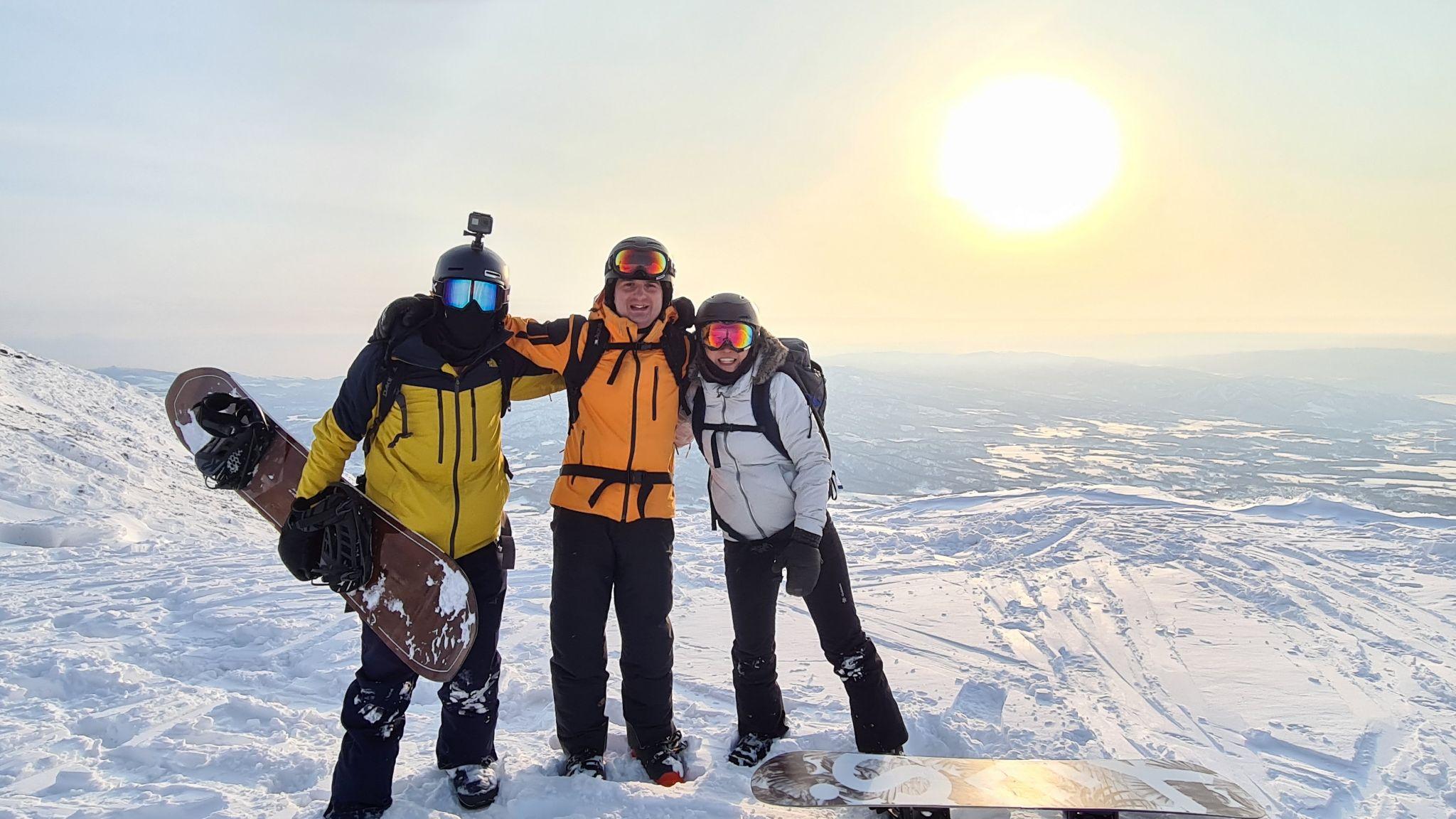Stretching for 1.000 kilometers from the Pacific Ocean to the Gulf of Mexico and covering 16.000 square kilometers, the Trans-Mexican Volcanic Belt is home to the best mountaineering available in the country.
Dozens of inactive and dormant volcanoes, some of which are the tallest mountains in Mexico, sit only a few hours drive away from its capital, Mexico City.
Head out on fairly simple expeditions that only requires hiking or gear up with ice axes and crampons for a bona fide mountaineering experience.
Regardless of the path you choose, excellent views are bound to be the reward as the Trans-Mexican Volcanic Belt stretches through a variety of different terrains from arid highlands to semi-tropical forests.
Discover five of Mexico's top volcano mountaineering destinations below!
1. Pico de Orizaba (5.636 meters)
Also known as Citlaltépetlc in the region’s indigenous language, Pico de Orizaba is Mexico’s tallest mountain as well as the third highest peak in North America.
Located about 300 kilometers east of Mexico City, on the eastern edge of the Trans-Mexican Volcanic Belt, the stratovolcano is currently dormant, but not considered extinct since it last erupted in the 1800s.

Pico de Orizaba attracts a large number of international climbers each year. There are two main routes to the summit of the peak, each of which includes an overnight stay at a mountain huts.
The Ruta del Sur is the shorter of the two routes, but much steeper and more technically challenging. The Jamba Glacier route is a bit longer, but also the most popular route. It takes climbers along the northwestern portion of the mountain towards the summit.
Keep reading: All you need to know to climb Pico de Orizaba
Due to the asymmetrical shape of the volcano, this part of the mountain is generally cast in shadow by the slightly more elevated eastern rim, allowing the glacier to remain throughout the hot summer months.
Due to its altitude and relatively low level of technical difficulty, Pico de Orizaba is considered the ideal mountain for novice mountaineers and those training for tougher expeditions in Alaska or the Andes.
In brief:
Difficulty level: Intermediate
Duration of the ascent: 2 days
Best time to go there: November to May
How to get there from Mexico City: You can make the seven-hour drive on the Mexico 150D or you can take a domestic flight to Puebla and make the shorter, four-hour drive. Many guides will offer to meet you at the airports in either Mexico City or Puebla.
Itching to climb Pico de Orizaba now? Check out this 2-day mountaineering expedition!
2. La Malinche (4.461 meters)
Situated 118 kilometers east of Mexico City, La Malinche yields some of the most spectacular views of the Trans-Mexican Volcanic Belt available.
Named for the woman who famously worked as a translator for Hernán Cortés during his conquest of Mexico, the summit of La Malinche provides stunning views out over Pico de Orizaba, Popocatepetl, and Iztaccihuatl.

The climbing to get to the top of the inactive volcano is also not overly challenging. After driving to the start of the standard route, known as Las Cabañas del IMSS, climbers begin with a hike through a beautiful high altitude forest until the tree line is reached.
From here, only a bit of rock climbing and scrambling is required until the top is reached. If it has snowed recently, ice axes and crampons will be required as well.
In brief:
Difficulty level: Intermediate
Duration of the ascent: 1 day
Best time to go there: November to May
How to get there from Mexico City: La Malinche is located about three hours away from Mexico City by car and is most easily reached by taking Mexico 150D followed by Mexico 117.
Looking forward to some of the best views in Mexico? Check out this 1-day ascent to the summit of La Malinche!
3. Ajusco (3.930 meters)
Situated just to the southwest of Mexico City, Ajusco is one of the easiest peaks to climb and is the highest point within the capital region.
No mountaineering skills are required to reach the summit and the whole thing can be hiked in eight hours. However, there is the option to do a bit of rock climbing and rappelling as well, which makes this the perfect warm-up summit for more serious mountaineering adventures on other Mexican volcanoes.

Along the way, take in the sights of this national park and from the summit enjoy stunning views back into downtown Mexico City, out over Popocatepetl, Iztaccihuatl and Nevado de Toluca, as well as into parts of the Valley of Cuernavaca.
Also at the top of the lava dome volcano is a pre-Hispanic historic site, in which artifacts have been found. Feel the history as you climb here!
In brief:
Difficulty level: Easy
Duration of the ascent: 1 day
Best time to go there: November to May
How to get there from Mexico City: Ajusco can be reached in just 1.5 hours from the center of the city by car following Mexico 95.
Daydreaming about those views already? Check out this 1-day trip to the Ajusco volcano summit!
4. Iztaccihuatl (5.230 meters)
Iztaccihuatl, also known as “Sleeping Woman” is Mexico’s third highest mountain and a dormant volcano. Due to its close proximity to the capital, it is one of the most prominent mountains that can be seen, pretty much year-round.
The mountain got its name because its four individual peaks resemble a woman's head, chest, knees, and feet when seen from east to west.

The second summit, known as el Pecho, or the breast, in Spanish is the highest one and as a result, is the target of most mountaineers headed to the peak.
Keep reading: All you need to know to climb Iztaccihuatl volcano
While there are several routes up to all four of the peaks, most opt to head up the traditional one, which takes you over the third summit or las Rodillas, the knees in Spanish, before traversing down to cross the glacier that separates this one from el Pecho.
Along the way, climbers will be able to enjoy excellent views at various points, including stunning vistas over Puebla and Mexico City as well as phenomenal views of Popocatepetl Volcano, which is still active and can sometimes be seen smoking.
In brief:
Difficulty level: Intermediate
Duration of the ascent: 2 days
Best time to go there: November to May
How to get there from Mexico City: It is a 2.5-hour drive down Mexico 150D to reach the starting point for this climb. However, most guides will arrange to meet you in Mexico City and bring you to the start of the trip.
Already fantasizing about the views from the top? Check out this 2-day climbing expedition to Iztaccihuatl!
5. Nevado de Toluca (4.680 meters)
Situated about 100 kilometers southwest of the capital, Nevado de Toluca is Mexico’s fourth highest mountain and is surrounded by a national park. Within the park, there are 18 registered archaeological sites, making any trip here a natural and cultural one.
The summit of this volcano is a 1.5 kilometer-wide caldera, which opens up to the east. The highest of the peak surrounding the caldera is Pico del Fraile (Friar’s Peak) on the southwest side.

Due to the volcano’s close proximity, it is often crowded on the weekend with climbers and nature lovers coming to explore the caldera. Coming during the week means you’re more likely to have the peak all to yourself.
The route most commonly taken traverses the ridgeline of the volcano and brings climbers to the Pico del Fraile. This is often followed with a brief descent and a second ascent of Pico del Aguila (Eagle's Peak), which is the second highest peak on the northwestern side of the volcano.
Both of these summits yield amazing views out over the surrounding national park and show the climber exactly why this spot is considered one of Mexico’s national treasures.
In brief:
Difficulty level: Intermediate
Duration of the ascent: 1 day
Best time to go there: November to May
How to get there from Mexico City: Nevado de Toluca can be reached by a three-hour drive on Mexico’s Route 15.
Looking for a short getaway from Mexico City? Check out this 1-day adventure to the summit of Nevado de Toluca!
So what are you waiting for? Try something different and head out on a volcano mountaineering expedition in the heart of the Trans-Mexican Volcanic Belt!







